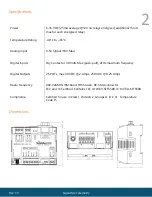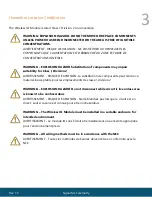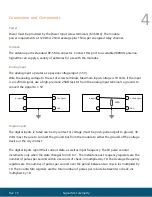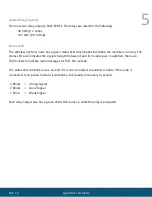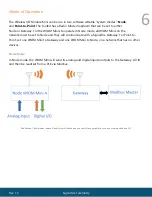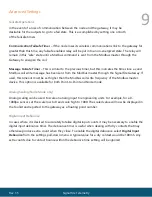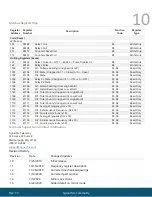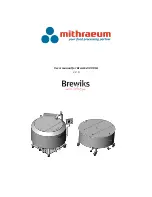
Rev 1.5
SignalFire Telemetry
9
Advanced Settings
Failsafe Operations
In the event of a loss of communication between the node and the gateway, it may be
desirable for the outputs to go to a fail state. This is accomplished by setting one or both
of the failsafe timers.
Communication Failsafe Timer
– If the node loses its wireless communications link to the gateway for
greater than this time, any failsafe enabled relay will be put into a non-energized state. The relay will
remain in this “safe” state until a Modbus command is sent from the Modbus master through the
Gateway to energize the coil.
Message Failsafe Timer
– This is similar to the previous timer, but this indicates the time since a valid
Modbus coil write message has been sent from the Modbus master through the SignalFire Gateway. If
used, this timeout must be set higher than the Modbus coil write frequency of the Modbus master
device. This option is available for both Point-to-Point and Node mode.
Analog Scaling (Node Mode only)
Analog scaling can be used to scale an analog input to engineering units. For example, for a 0-
1000psi sensor set the scale low to 0 and scale high to 1000. The scaled value will now be displayed in
the Toolkit and reported to the gateway as a floating point number.
Digital Input Debounce
In cases where it is desired to accurately totalize digital input counts it may be necessary to enable the
digital input debounce timer. The debounce timer is useful when dealing with dry contacts that may
otherwise produce extra count when they close. To enable the digital debounce select
Digital Input
Debounce
from the settings pull-down menu. A typical value for a dry contact would be 100mS. Any
extra counts due to contact bounce within the debounce time setting will be ignored.


